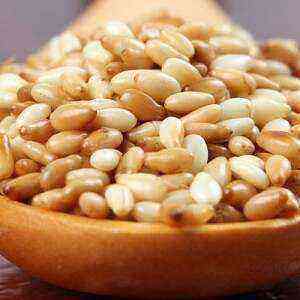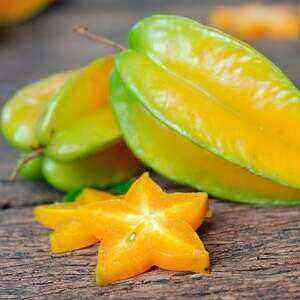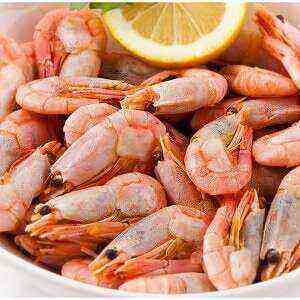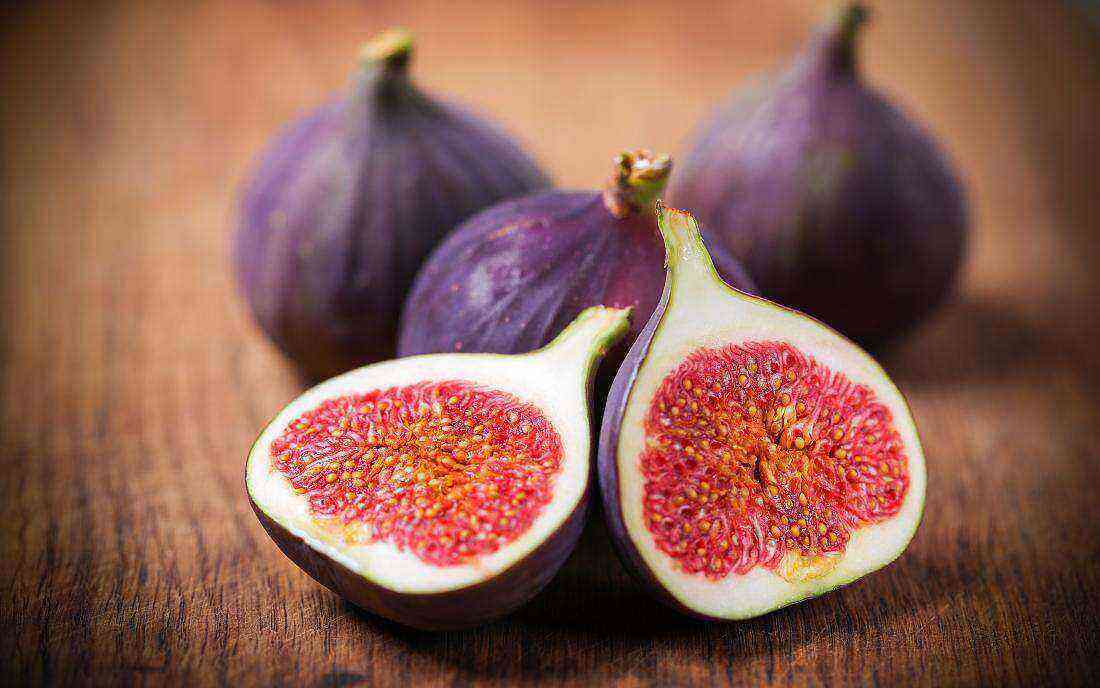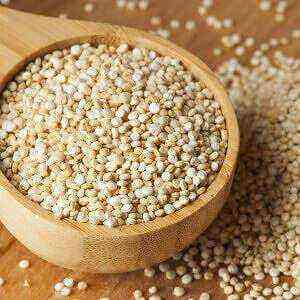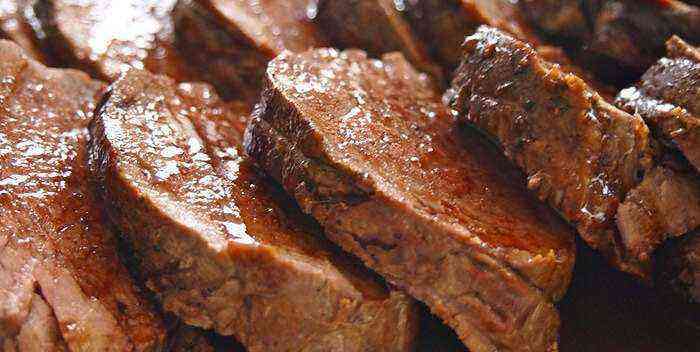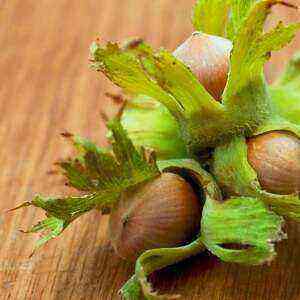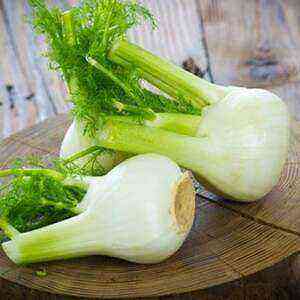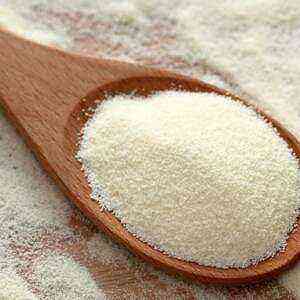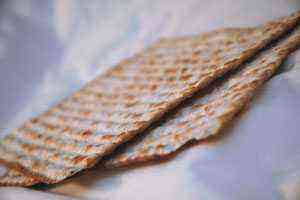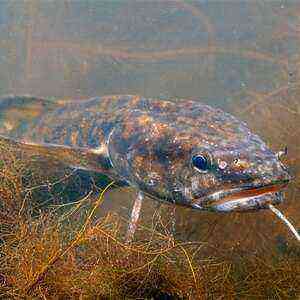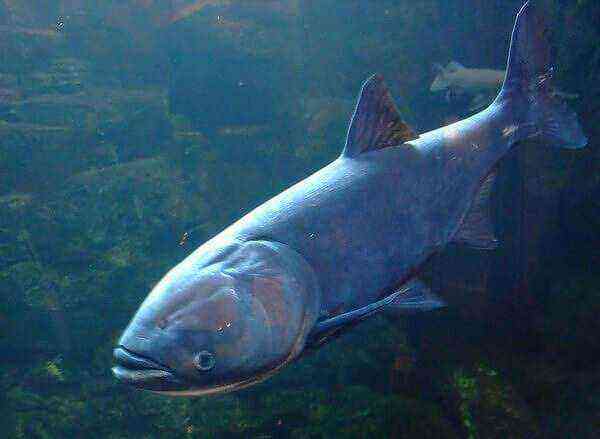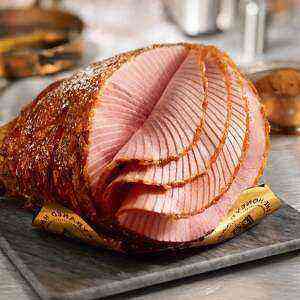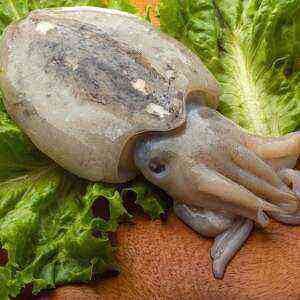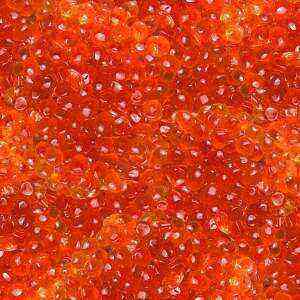
Where in Russia “red gold”?
Many will recall a scene from an old Soviet film, where one of the heroes asks to the table with caviar “red, black and overseas eggplant”. But the main paradox is that they did not know about any red caviar during the time of Ivan the Terrible.
For the first time on the royal tables this product appeared at least one and a half centuries after his death – at the end of the 17th century, only after the roads to Siberia were built. Incidentally, the first batches of the “red zlota” brought by merchants to Petersburg did not arouse any interest. Traders almost for nothing gave the goods to the poorest taverns.
But the inhabitants of the Far East treated the caviar in a completely different way. There, the product at all times remained in high esteem. For the peoples of the north, fish eggs served as second bread. Fishing families used this tasty, nutritious and very healthy food in fresh, boiled, fried and dried form. But the salty caviar we are used to appeared only in the first decade of the twentieth century. And as soon as someone thought of processing the product with a salt solution, he instantly gained popularity throughout Russia. A truly royal dish of salmon eggs became only under Nicholas II. At the same time, the demand for caviar and pink salmon was first introduced.
As the popularity of “red gold” grew, the price of it also rose. Now, no one would have thought to distribute caviar to the poor for practically nothing.
What is caviar

- sturgeon (black) – its mining is prohibited in Russia;
- salmon (red);
- chunk (from pike, roach, pikeperch, etc.).
In addition, in the 1960-ies in the Soviet Union created the first imitation of natural caviar – a protein product that looks like a delicacy, and the taste – gelatin with a taste of margarine and fish. Today, artificial caviar use gelatin, seaweed extract and some types of fish.
Varieties of red caviar
Even a person who knows nothing about fish, but loves red caviar, noticed: the product may look different from different manufacturers (differ in color, diameter of eggs) and a little in taste. The fact is that the source of “red gold” can serve different types of fish from the family of salmon:
All of them are slightly different from each other, but most importantly, their useful properties are the same. And the choice of a certain type of product – just a matter of taste.
 Chinook
Chinook
The eggs of this Pacific fish are bright red, about 7 mm in diameter (the largest of all species of salmon). On taste – gentle, with a slight bitterness. The shell is loose. Chinook salmon roe (it’s royal salmon) is the most expensive.
Keta
Caviar of this fish, as a rule, does not exceed 6 mm, color – from amber to orange hue. It differs from other species in a regular spherical shape. In the seed you can see the dark spot of the embryo. It is called the royal, and the Japanese are used for most fish dishes and as a decor.
Pink salmon
Caviar of pink salmon in bright orange color, diameter 5 mm. It is the most popular for at least two reasons. First, pink salmon – the most prolific among salmon. Secondly, the taste of caviar is universal and is enjoyed by almost everyone. But the shell of the grains is fragile, easily destroyed when mixed.
Red salmon
The caviar of this fish is easily recognizable by its red color and size not exceeding 4,5 mm. In the European market is rare. More often it is used in the American continent, along which sockeye lives.
Coho
4 mm in diameter, dark red (almost burgundy) color and bitter taste give out the caviar of this fish among other varieties of delicacy. Not as popular as pink salmon, but its useful properties are not inferior to other types of “red gold”.
Trout
This is the smallest red caviar – approximately 2-3 mm. It differs from other species in brightness of the color (from rich yellow to orange). It tastes salty with a slight bitterness. Recently, the attention of gourmets to this delicacy has increased.
Flying fish
The popularity of flying fish roe (tobiko) has grown with interest in sushi. But in fact, no, it is not red – in its natural form, this delicacy is transparent, and the desired color (red, black) is attached while cooking the dish. The second difference is that volatile fish do not belong to salmon.
Delicatessen production
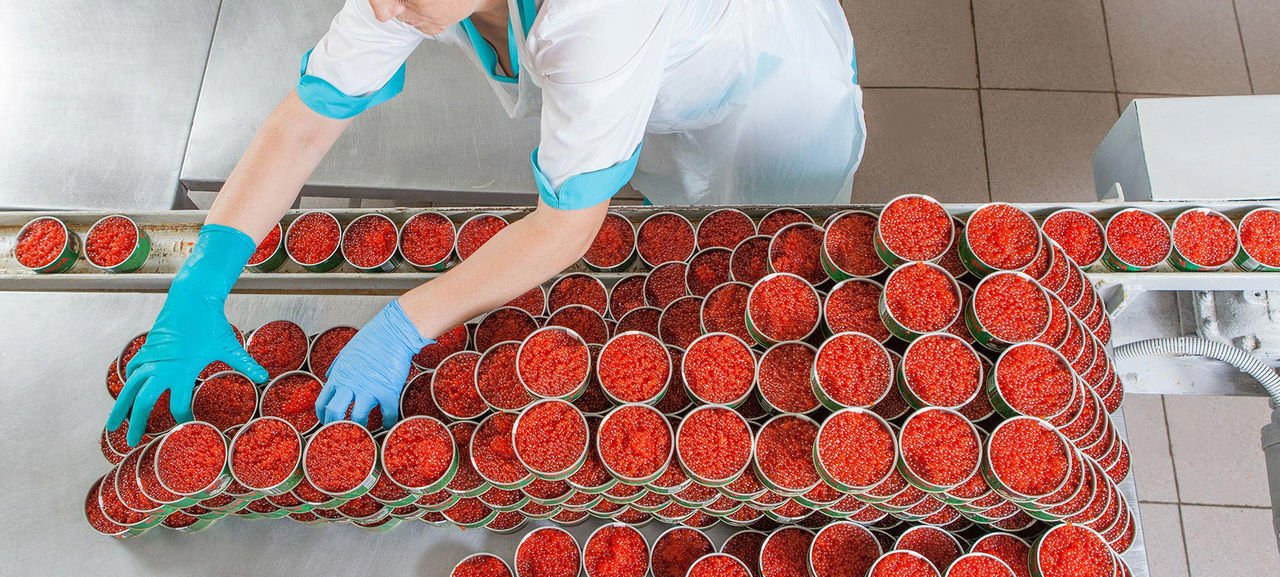
Caviar salted in July-August (spawning period) is considered the best. It is important to know that this product deteriorates extremely quickly. Salted fish eggs can “hold out” no more than 4 months. Therefore, all other products with a longer “life” contains preservatives. These are usually E200 (sorbic acid), E239 (hexamine), E400 (glycerin) and antiseptics (but not more than 0,1%). Today it is the only way to allow humanity to enjoy a delicacy at any time of the year.
The nutritional value
Salmon caviar has earned the fame of one of the most wholesome and nutritious foods. 100 g of the delicacy contains more than 250 kcal, about 25 g of protein, 18 g of fat and 4 g of carbohydrates. Proteins contained in the product (almost 32% of the total composition) are absorbed by the human body much more easily than proteins from meat or milk. Also in caviar there is an impressive amount of folic acid, potassium, phosphorus, and in terms of caloric content, “fish eggs” exceed meat and dairy products (practically containing no carbohydrates and fats).
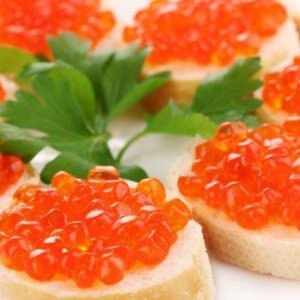
In addition, salmon eggs contain:
Benefits for the body
But caviar is not just a festive delicacy. The rich chemical composition of the product makes it extremely healthy. So what’s the use of “red gold”?
Omega-3 fatty acids
Cardiologists are advised to use about 1 g Omega-3 daily to maintain the heart. And interestingly, 1 a tablespoon of red caviar contains this beneficial substance in amounts that far exceed the minimum recommended dose.
Speaking about the benefits of Omega-3, it is important to remind you that these polyunsaturated fatty acids maintain normal blood pressure, as well as prevent clogged arteries. In combination, this reduces the risk of cardiovascular diseases. In addition, Omega-3 play an important role in maintaining the health of the immune system.
Vitamin V12
Salmon caviar is an excellent source of vitamin B12. It is necessary for the formation of red blood cells, and also helps the body get the maximum benefit from fatty acids. By the way, about 10-13% of older people experience an acute lack of this vitamin. A delicacy sandwich will be the simplest (and also delicious) solution for restoring vitamin balance.
Antioxidants

Other benefits of red caviar:
- Vitamin A – is necessary for the proper development of cells, improve vision and strengthen immunity;
- vitamin D – important for bone health;
- Potassium – prevents the accumulation of kidney stones, regulates blood pressure.
In addition, caviar consumption will prevent:
- prostration;
- the growth of malignant tumors;
- atherosclerosis;
- anemia;
- convulsions;
- early aging;
- disorders in the brain and nervous system;
- thyroid dysfunction;
- problems with the organs of the reproductive system.
Dangerous properties of salmon caviar
The first thing that is important to remember is that caviar is a high-calorie product.
Excessive passion for delicacy can cause excess weight. Safe call portion in 2-3 product teaspoons. In addition, the abuse of fish eggs is fraught with edema (due to high salt content), exacerbation of renal diseases (due to the purines that make up the composition) and digestive disorders (due to preservatives).
It is also better to refrain from caviar to pregnant, nursing mothers and children up to 3 years.
“Red Gold” for beauty

Included in the composition of caviar potassium and selenium increase the elasticity of the skin, prevent inflammation. The Omega-complex eliminates edema, and also promotes cell regeneration, accelerating the production of collagen (in some cases by 67%). Vitamin E contained in high concentration in salmon eggs is called beauty vitamin. Adequate intake of this beneficial substance will provide a beautiful view of hair, nails and skin.
How to recognize caviar imitation:
- Too cheap.
- All the eggs of the same correct form.
- No dark germ spots.
- Lips to the teeth.
- It has a very strong smell of herring.
- It is dissolved in hot water.
How to recognize high-quality caviar:
- The bank must be indicated:
- production date (extruded from the inside);
- product grade;
- the name of the fish;
- a complete list of ingredients (with the salt should not be more than 6%);
- manufacturer’s address;
- GOST.
- Eggs whole and identical in color.
- The consistency is not too thin.
- The shell of the “grain” of medium density.
- The absence of third-party particles in the bank.
How to store delicacy
To preserve the granular consistency, this delicacy should not be sent to the freezer (after defrosting, it turns into a mess). Also, you can not keep an open jar with the product for more than 2 days (this is an ideal environment for the reproduction of microorganisms). Nutritionists do not advise keeping open caviar in a tin, but advise to put it in a glass dish with a slice of lemon (this trick will help to slightly extend the storage time of the product).
How to eat

But most of the time at festive tables, “red gold” appears as a component of gourmet sandwiches or filling for pancakes. As for drinks, red caviar is excellently combined with brut champagne, or with a stronger drink.
This truly royal delicacy is one of the most expensive foods. But, knowing the beneficial properties of red caviar, it is not a pity to pay a little more for a jar with the coveted “red gold.”
Sources of
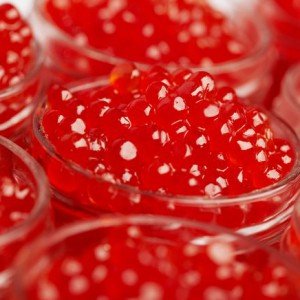 Chinook
Chinook


